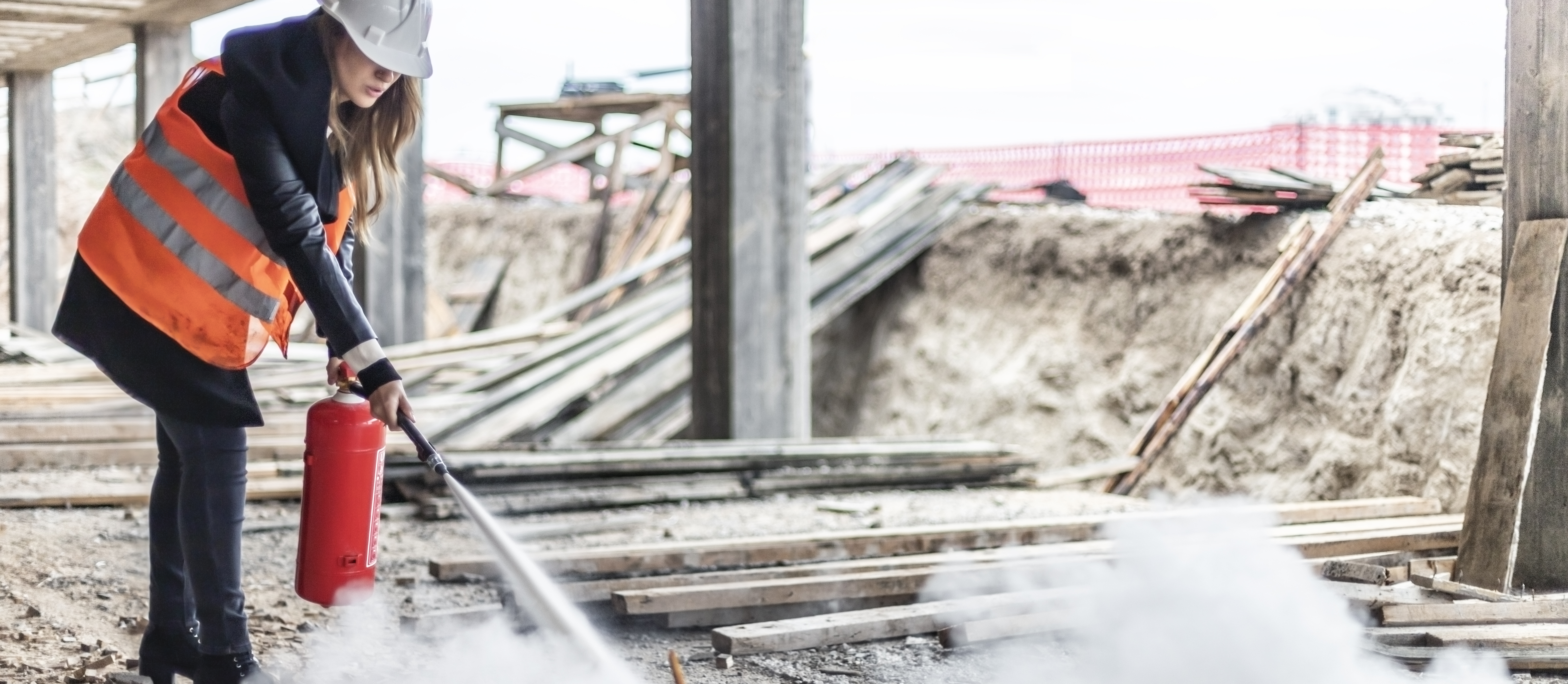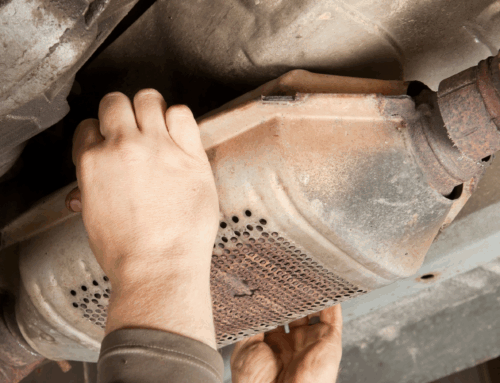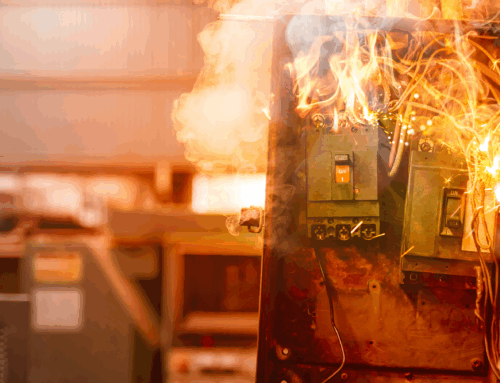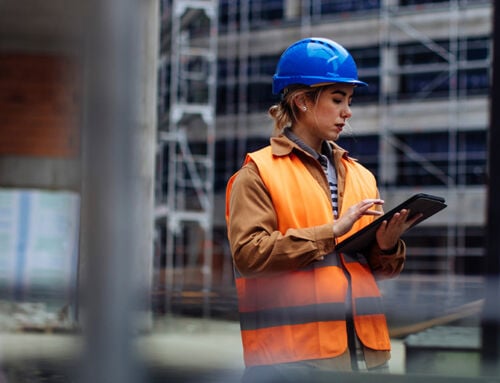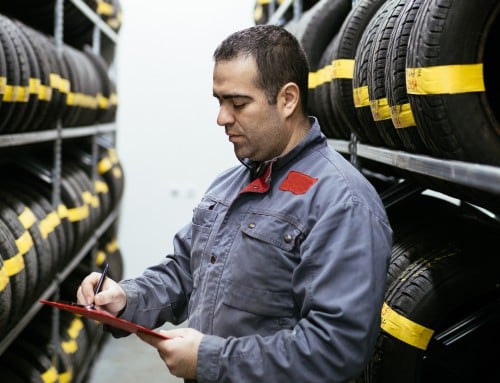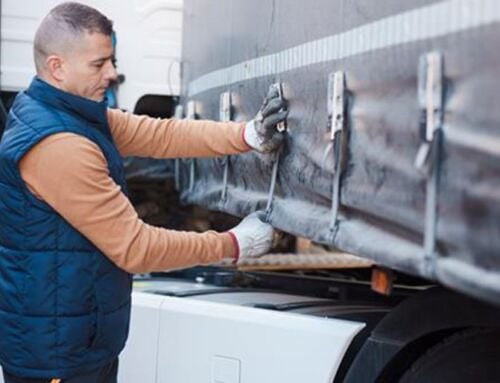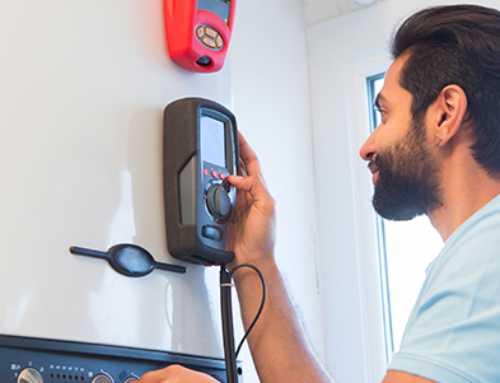Fires are dangerous and can burn out of control in as little as 30 seconds. Having a detailed and effective loss prevention plan in place can help you keep your construction site, employees, and equipment safe in the event of a fire.
Fire protection should be in accordance with the type and size of the contract work involved. Here are some of our tips that you should consider when it comes to fire prevention and safety on your construction site.
Construction site evaluations
An important part of your fire prevention plan is conducting daily site evaluations, to make sure everything is in working order and up to the necessary standards. It is up to the site superintendent to evaluate the onsite fire protection hazards and exposures of the entire premises at during their shift. Even if daily supervision is delegated to another employee, the responsibility still remains with the site superintendent.
Site superintendents should provide employees with suitable sized fire extinguishers if needed. It is also a good idea to enforce a “no smoking” policy in areas that could be exposed to fire, and in the vicinity of any hazardous operations.
Use and storage of combustible materials
Using and storing combustible materials can be dangerous. Here are some tips to aid you in this important task:
- Subdivide any materials and/or equipment stored indoors or outdoors into fire sections. Depending on the storage method, sufficient clear space should be provided between sections to allow easy accessibility.
- Store combustible materials at a safe distance from buildings and structures.
- Avoid the use of combustible formwork material, such as scaffolding, if possible. If such materials must be used, they should be marked and stored at a safe distance from construction work.
- Require special caution when using combustible insulation and sealing materials or adhesives.
Site maintenance and upkeep
Your actual site itself (how it’s made, and what it’s made of) plays a big role in your fire prevention plan. Here are some things to consider when engaging in site maintenance and upkeep:
- Consider securing the site with an adequately constructed fence or hoarding.
- Create staircases with floor slabs to ensure adequate means of access for emergency personnel.
- Install fire doors with automatic door closers, and lightning conductors on your site.
- Cover exposed combustible insulation as soon as practical.
- Do not use extension cords as permanent wiring. Use extension cords only to temporarily supply power to an area that does not have a power outlet.
- Tape cords to walls or floors when necessary, as nails and staples can damage cords, causing fire and shock hazards.
- Ensure that any temporary heaters used are approved for construction site use and have clearance to use around combustible materials. Always remember to periodically check that your heaters are being maintained as per the temporary heater’s specifications.
Daily housekeeping duties
Not only is it important to keep up with daily housekeeping tasks to ensure that your business is running smoothly and efficiently, but also to help with fire prevention:
- Remove combustible material periodically, either by placing it in a noncombustible bin at a safe location or by completely removing it from your construction site.
- Place marked trash and recyclable containers throughout your job site.
- Clean up your job site daily, or as often as required, to make sure no combustible material is left lying around.
- Make sure that all access points to your building are free and accessible, in the case of a fire or other emergency.
Hot work procedures
Hot work, such as welding, brazing, soldering, and cutting requires your utmost attention and caution. It is important that before hot work begins, you ensure that you have all hot work procedures and work permits in place, and that these are enforced. Here are some key safety protocols that will help you minimize any risks associated with hot work:
- Place combustibles as far away from the hot work area as possible, or shield the area with flameproof covers or curtains that extend to the ground.
- Cover all floor and wall openings close to the hot work area with non-combustible materials to prevent the passage of sparks or hot slag.
- Ensure that an adequately sized dry chemical fire extinguisher is present and accessible.
- Remember to conduct a final inspection of the hot work area after the completion of any work, to make sure all tools and equipment are off.
Temporary buildings
While working on a construction site, you may create temporary buildings in order to house your equipment and materials, act as a restroom, or give your employees a place to relax or work on office tasks. It is important that you ensure that these temporary buildings are made of non-combustible materials, or at least of materials of limited combustibility.
It is also extremely important that you maintain an adequate safety distance between your temporary buildings. This will help ensure that if one building happens to contain a fire, it should not spread as the others will be a safe distance away.
Ensure you’re covered
Despite your best efforts and preparation, you could still fall victim to a fire, especially if you work with flammable and combustible materials on a daily basis. That’s why it’s important to invest in comprehensive coverage. Learn more by visiting our Construction and Contractor’s Insurance Page today!
This blog is provided for information only and is not a substitute for professional advice. We make no representations or warranties regarding the accuracy or completeness of the information and will not be responsible for any loss arising out of reliance on the information.
